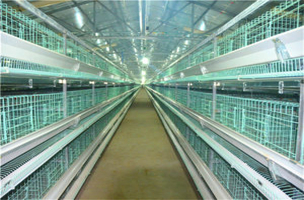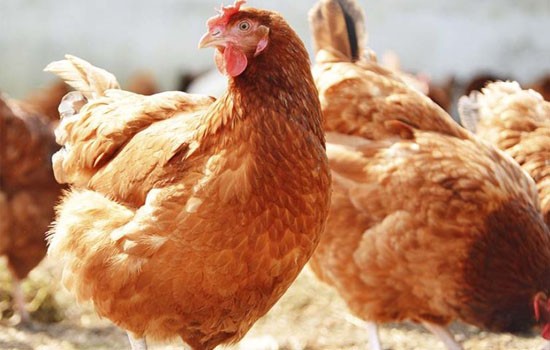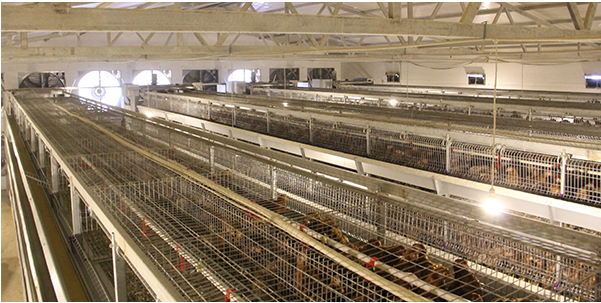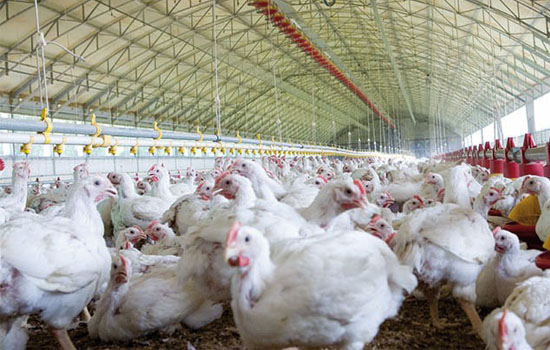Raise chickens in broiler cages to improve economic efficiency
- Published in Chicken cages
The ultimate goal of chicken farmers is to obtain good economic benefits, so in recent years, many farmers have been constantly looking for scientific breeding methods to breed broiler chickens. In recent years, after a comprehensive comparison in many aspects, in the broiler breeding industry, farmers generally use broiler cages to raise chickens. The following is mainly to tell the farmers about the economics of using broiler cages to raise chickens for the farmers. benefit.
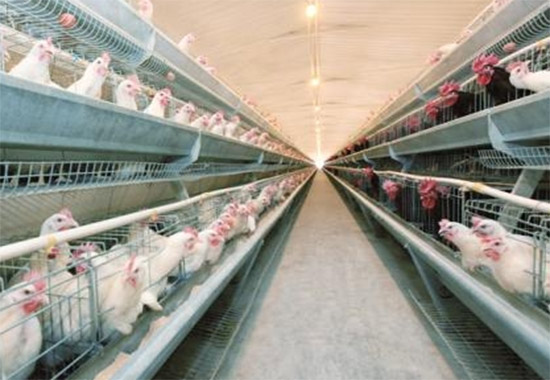
1. The use of broiler cages to raise chickens increases the number of breeders, which can increase the farmers' income from the sale of chickens in the later period.
2. The use of broiler cages to raise chickens has less floor space, which can make full use of the advantages of space, so that farmers can save the use of chicken coop area and reduce farmers' rental costs.
3. When using broiler cages to raise chickens, the farmers can more intuitively observe the living conditions of the chickens, so that the farmers can discover the various conditions of the chickens in time, so that the farmers can find the situation in time and take measures to avoid unnecessary Economic losses.
4. When using broiler cages to raise chickens, the flocks can be isolated from the feces, which reduces the chance of the flocks coming into contact with the feces, thereby reducing the occurrence of flock diseases, and saving a lot of medical costs for the farmers.
5. When using broiler cages to raise chickens, the activity of the flock will be greatly reduced, and the feed conversion rate will be improved, which can save farmers a lot of feed costs.
6. When using broiler cages to raise chickens, you can avoid the phenomenon of flock pecking, which can effectively prevent damage to the flock.
The above points are the considerable economic performance when using broiler cages to raise chickens. It is hoped that through today's story, farmers can have a more comprehensive understanding and understanding of the advantages
of broiler cages.

